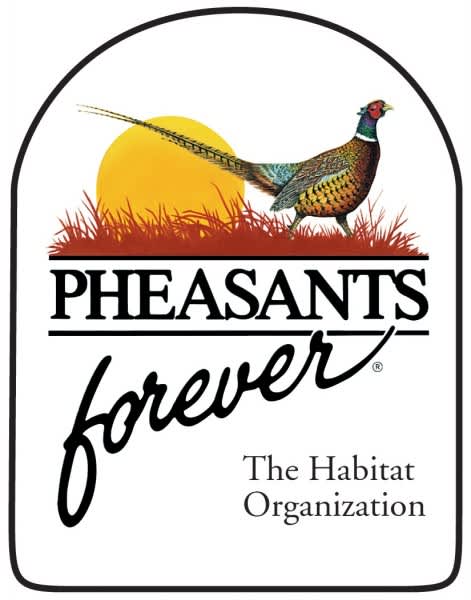Pheasants Forever Plants Roots in Brooking, S.D.
Pheasants Forever 07.30.14

Last month, Pheasants Forever announced plans to open a regional headquarters in South Dakota. Today, we’re proud to announce we’ve got a new address at the South Dakota Innovation Center located in the Research Park at SDSU.
Dave Nomsen, Pheasants Forever’s long-time Vice President of Government Affairs, has moved to Brookings, South Dakota and is excited about the Innovation Center. “When you think about opening up a brand new office, things like copy machines and coffee makers aren’t items at the forefront of your mind. In the Innovation Center, we’ve found the perfect setting for meetings with our partners and an environment conducive to our success. This facility has all the amenities necessary to get our operations off the ground in a hurry, so Pheasants Forever can stay focused on the real problem of turning the tide for habitat,” explained Nomsen.
“The Growth Partnership is excited to provide the space to facilitate collaboration between Pheasants Forever, SDSU, the region and the state of South Dakota,” said Dwaine Chapel, Executive Director of the Innovation Center. “Pheasants Forever will provide enhanced opportunity to connect with campus research associated with biosciences. Research partnerships provide solid connectivity between faculty while providing intern and career opportunities to students. The Research Park concept is designed to encourage these relationships. It is great to be a part of the first regional headquarters for Pheasants Forever.”

